Apples are my favorite fruit. They keep well, are crunchy and sweet, travel easily, and are completely delicious. Being that we live in the land of Johnny Appleseed, Ohio apples are in abundance from June - October. We pick bushels (literally) and eat apples fresh, dried, and sauced.
Applesauce is easy and tasty to make yourself. There are several methods, all involving these four simple steps:
1) Core and peel (optional) apples. Add spices or lemon juice (to preserve color) if you wish.

2) Stew on stove top with a bit of water for 30 minutes or oven at 200 degrees for 2 hours
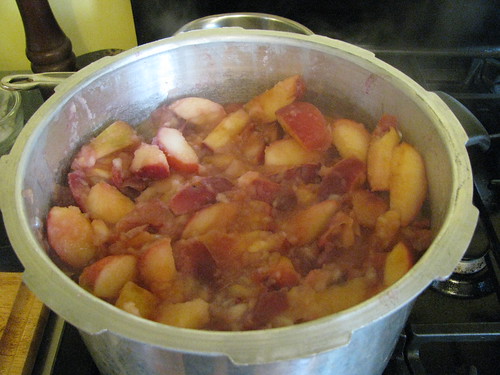
3) Puree with blender, potato masher, or food mill

4) Store in freezer containers or can in glass jars (20 minutes canning time for quarts, 15 for pints, fill to 1/4 inch)
Personally, we make two varieties each year. Method A (my sisters' favorite) is to peel and core the apples, chop finely, and stew on the stove. This makes an evenly textured sauce called 'chunky applesauce' in my family. The other, easier variety is 'smooth applesauce' made by coring and slicing in one step with an apple slicer, stewing on the stove, then processing with a food mill. I prefer stove top stewing vs. oven baking because it is faster and the less cooking for the apples, the less nutritional value lost.

We just made smooth applesauce with the Liberty apples from Charlie's farm. The peels, even though we discarded them after milling, made the applesauce bright pink! It was so tasty we needed no sweetener. If I can bring myself to share my stash, I might give some of the Liberty pink sauce as Xmas gifts. Can't you just see a jar topped with a pretty pink and green holiday fabric? :)

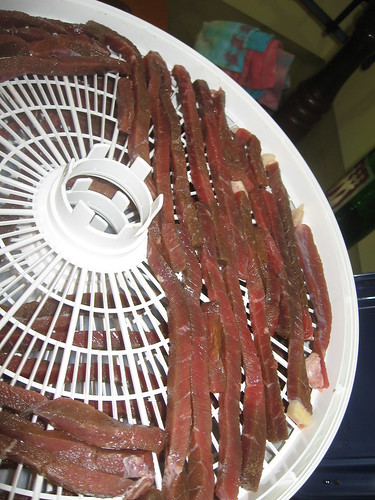
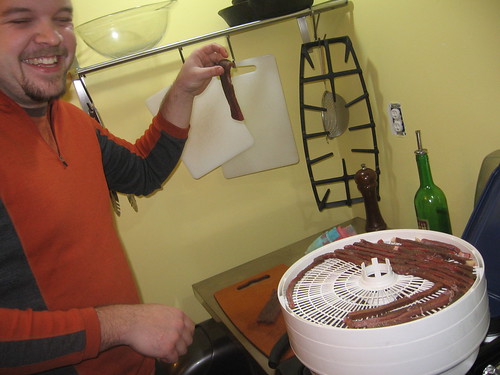
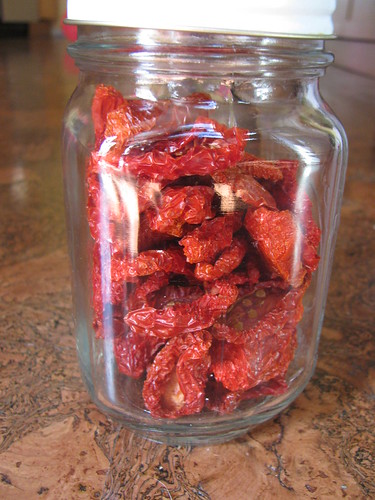


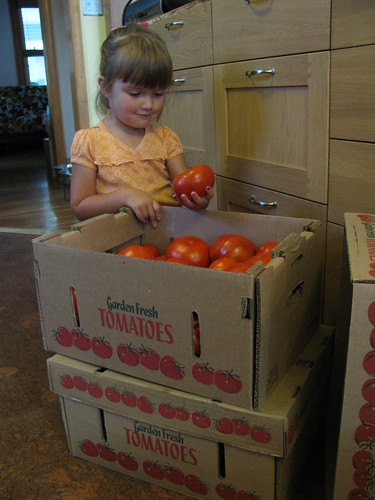 It started with these fifty pounds of organic tomatoes from
It started with these fifty pounds of organic tomatoes from 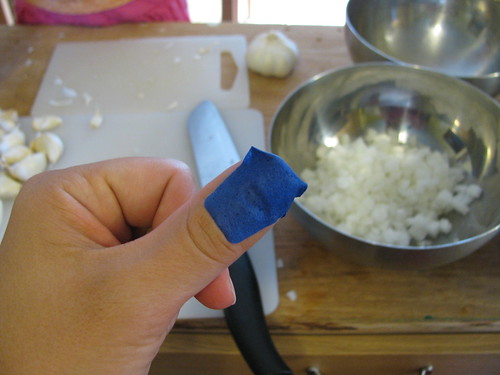
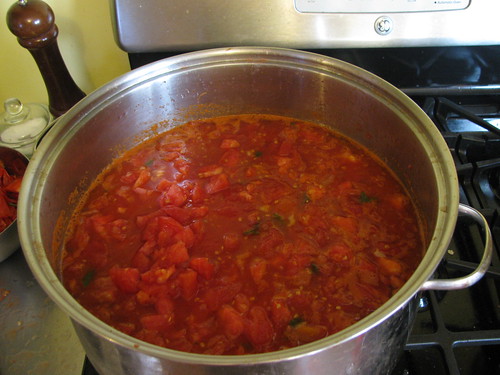
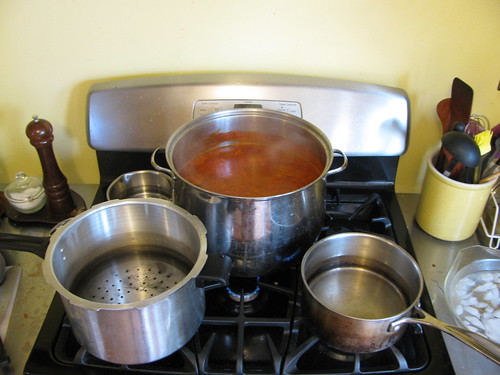
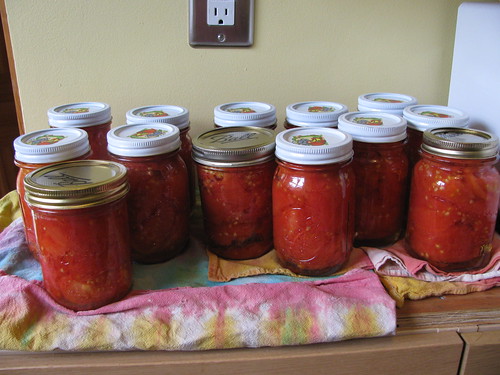
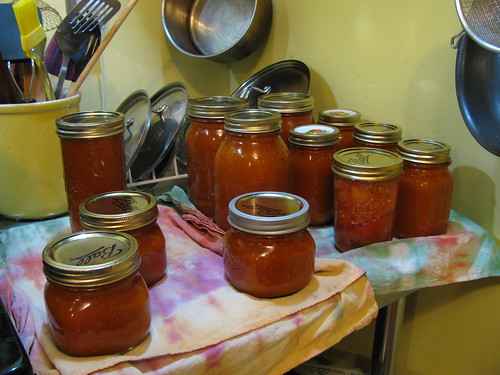
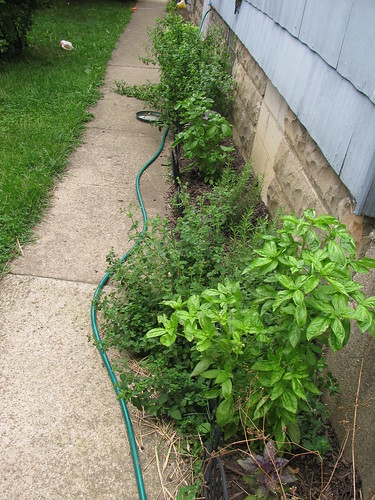
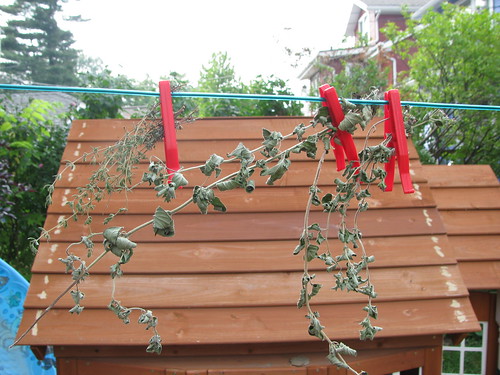
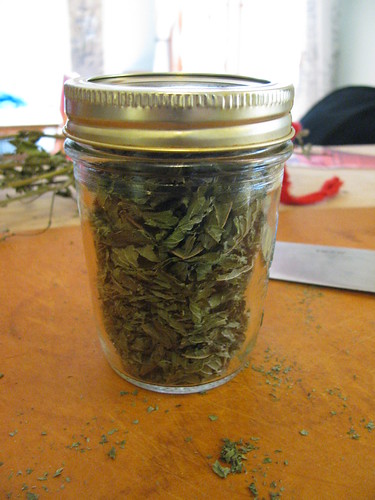
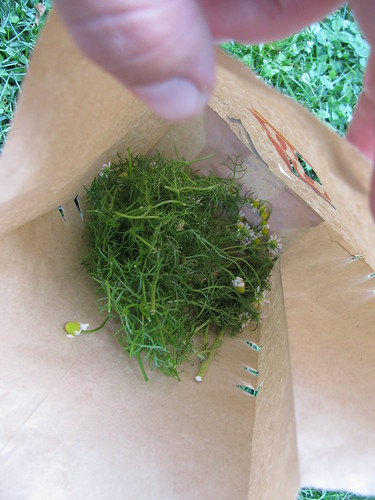
 First, I will join Holly Davis of
First, I will join Holly Davis of 
 . Mash more until all large pieces are broken and Sure-Jell is well mixed.
. Mash more until all large pieces are broken and Sure-Jell is well mixed. to make this easier.
to make this easier.